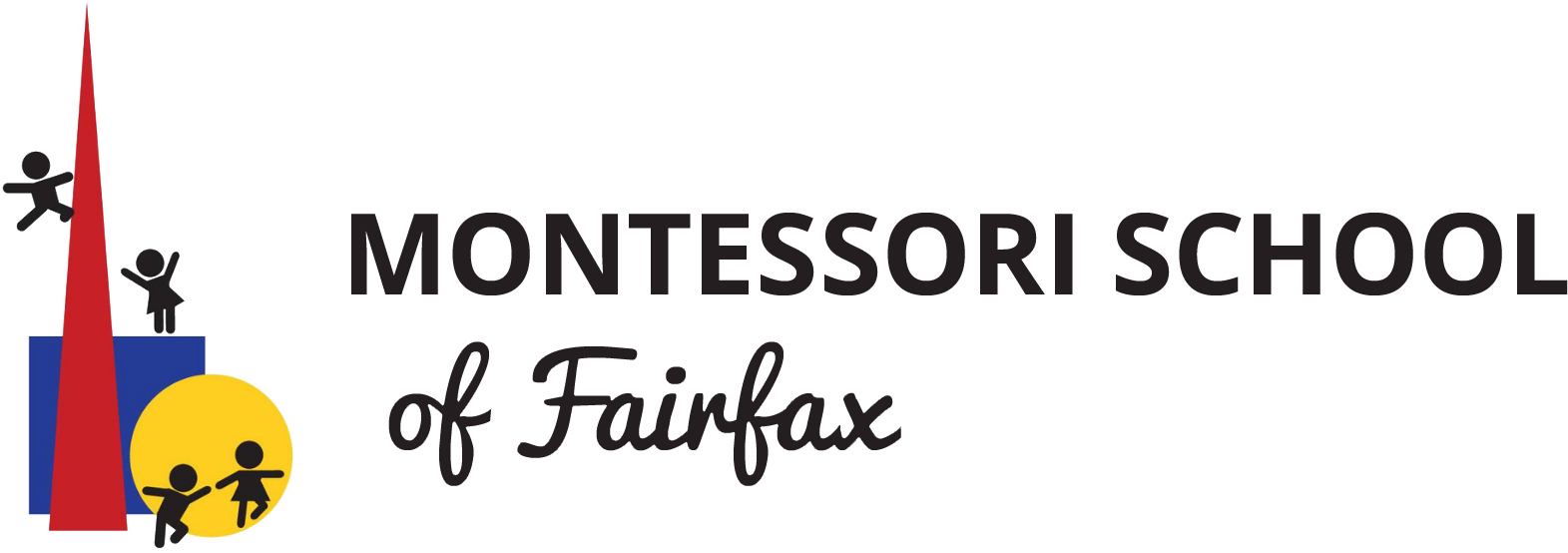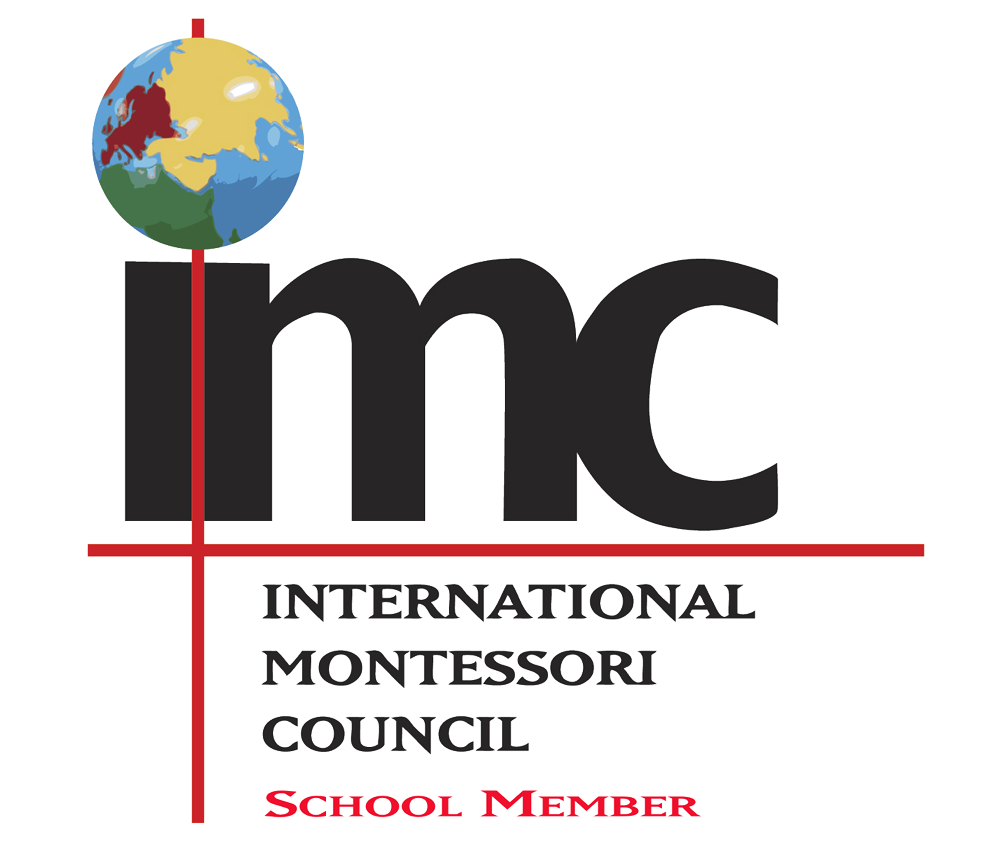Between the ages of two to six is when most of your child’s intelligence and social characteristics are formed. This is also when your child is most receptive, curious, and excited about exploring the world around him or her. MSOFX’s classrooms nurture that excitement and curiosity by offering a variety of materials to stimulate and intrigue your child.
Our teachers are trained to recognize when a child is ready to learn a new skill, and to foster his or her natural instincts and abilities. Your child is valued as an independent thinker, and encouraged to make choices on their own.
A MSOFX education provides students of all ages with information in a way they can understand it and enjoy it—learning is fun, empowering, and custom-fit to suit your child’s individual learning style.
The benefits of Montessori—the emphasis on independent learning, for example, and the warm, supportive community—continue to be important at each stage of development as children grow into lifelong learners and responsible citizens of the world.
Montessori is a developmental approach to education. Its most significant hallmarks are:
- a child-centered orientation and
- a highly structured, hierarchical curriculum.
The balance of freedom and limits represents a major shift in the organization of the classroom and the role of adults in relation to children’s learning. It also matches the way human beings actually learn.
For children six and under, Montessori emphasizes learning through all five senses, not just through listening, watching, or reading. Children in Montessori classes learn at their own, individual pace and according to their own choice of activities from hundreds of possibilities. They are not required to sit and listen to a teacher talk to them as a group, but are engaged in individual or group activities of their own, with materials that have been introduced to them 1:1 by the teacher who knows what each child is ready to do. Learning is an exciting process of discovery, leading to concentration, motivation, self-discipline, and a love of learning.
Above age 6 children learn to do independent research, arrange field trips to gather information, interview specialists, create group presentation, dramas, art exhibits, musical productions, science projects, and so forth. There is no limit to what they can create in this kind of intelligently guided freedom. There are no textbooks or adult-directed group lessons and daily schedule. There is great respect for the choices of the children, but they easily keep up with or surpass what they would be doing in a more traditional setting. There is no wasted time and children enjoy their work and study. The children ask each other for lessons and much of the learning comes from sharing and inspiring each other instead of competing with each other.
Since no two children grow and mature in exactly the same way the materials available to the children are varied and numerous. The proper activity for the right moment is there to be introduced to the child when they are ready or chosen by them as their interests dictate. Thus, no child is held back if his skills indicate a need to move on, nor is a child pressured to keep pace with skills he is not yet ready to master. The sensitive periods of each child can be capitalized upon in a multi-age classroom.
Dr. Montessori first developed her educational approach while working with a preschool population. She gradually extended her approach to children and youth of all ages. Today, some Montessori schools provide all levels of learning, from infant & toddler though the secondary (high school) level. Others offer only certain levels.
The benefits of Montessori—the emphasis on independent learning, for example, and the warm, supportive community—continue to be important at each stage of development as children grow into lifelong learners and responsible citizens of the world.
If you want children to become responsible young adults they must have opportunities to practice at a young age. A mixed age group allows children of different ages and abilities to help each other and thus learn responsibility. In a mixed age class it is not always the teacher who solves problems. In fact more often it is not. Instead it is another child. This is not possible in a class with children all of the same age and abilities.
Since no two children grow and mature in exactly the same way the materials available to the children are varied and numerous. The proper activity for the right moment is there to be introduced to the child when they are ready or chosen by them as their interests dictate. Thus, no child is held back if their skills indicate a need to move on, nor is a child pressured to keep pace with skills they are not yet ready to master. The sensitive periods of each child can be capitalized upon in a multi-age classroom.
Unlike some private schools, which strive for very small classes, Montessori values the lessons of community when the size of the class is somewhat larger.
Montessori classes for children above the infant & toddler level might include 20–30 students whose ages span 3 years. All members of the community benefit from this set-up. Older students are proud to act as role models; younger ones feel supported and gain confidence about the challenges ahead. Classes for infants & toddlers are smaller, with typically 10–15 children.
Montessori schools teach the same basic skills as traditional schools, and offer a rigorous academic program. Most of the subject areas are familiar—such as math, science, history, geography, and language—but they are presented through an integrated approach that brings separate strands of the curriculum together.
While studying a map of Africa, for example, students may explore the art, history, and inventions of several African nations. This may lead them to examine ancient Egypt, including hieroglyphs and their place in the history of writing. The study of the pyramids, of course, is a natural bridge to geometry.
This approach to curriculum shows the interrelatedness of all things. It also allows students to become thoroughly immersed in a topic—and to give their curiosity full rein.
Since no two children grow and mature in exactly the same way the materials available to the children are varied and numerous. The proper activity for the right moment is there to be introduced to the child when he is ready or chosen by him as his interests dictate. Thus, no child is held back if their skills indicate a need to move on, nor is a child pressured to keep pace with skills they are not yet ready to master. The sensitive periods of each child can be capitalized upon in a multi-age classroom.


